Forget the average garden snakes; prepare to encounter the largest snakes on Earth, creatures of immense size and power. These reptilian behemoths, thriving predominantly in tropical rainforests, inspire both awe and fear.
From pythons capable of swallowing deer whole to anacondas that laze in swamps, the world's most massive snakes are simultaneously terrifying and fascinating. These colossal serpents, found lurking in rainforests, rivers, and even nightmares, are not just long; they are heavy, stealthy, and sometimes surprisingly adept swimmers.
So, if you're curious about the habitats of these scaled giants, slither in. This list of the 10 largest snake species from across the globe will captivate you.
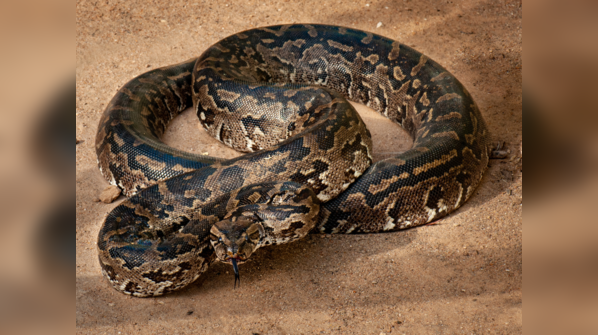
This subspecies of the African rock python averages 11–16.5 feet (3.5–4.2 meters) in length. It is well-suited to the drier climates and rocky terrains of Southern Africa's savannas and woodlands.
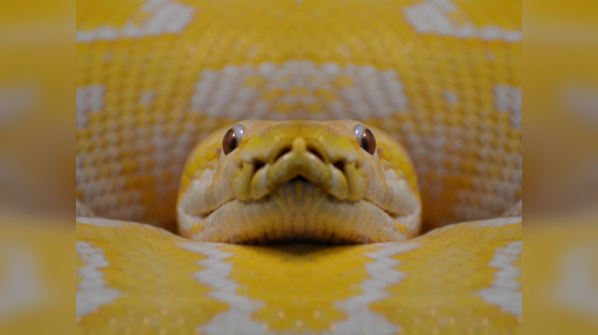
The yellow anaconda, typically measuring between 10 and 13 feet (3–4 meters), inhabits the slow-moving rivers and wetlands of South America. While smaller than its green counterpart, it remains a significant aquatic predator. Exceptional specimens can exceed 15 feet (4.6 meters).
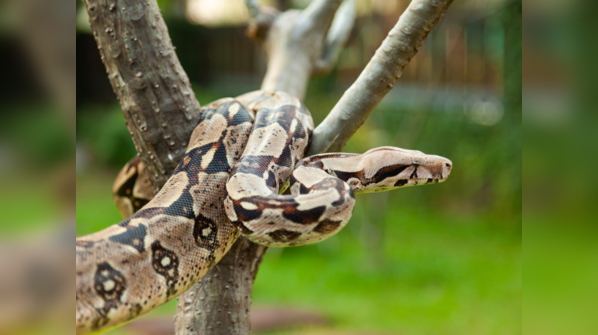
Boa constrictors, native to the tropical regions of South and Central America, usually grow between 10 and 13 feet (3 to 4 meters), although some can reach up to 18 feet. These powerful, yet generally docile snakes, thrive in forests and semi-arid environments.
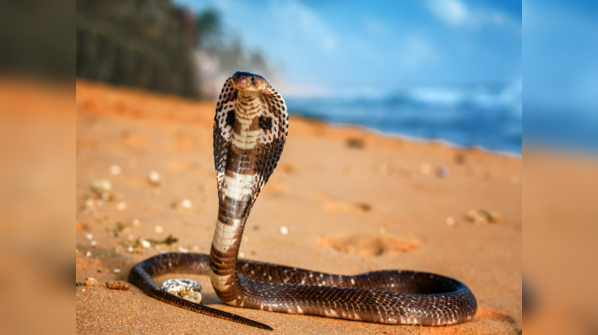
The king cobra, the world's longest venomous snake, can reach lengths of up to 18 feet (5.5 meters). Found in the forests of India and Southeast Asia, it is revered for its intelligence, distinctive hood, and potent venom.
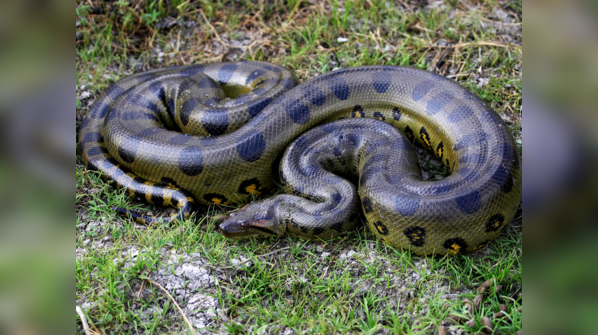
The green anaconda claims the title of the world's largest snake, flourishing in the rivers and swamps of the Amazon Basin. Growing up to 33 feet (10.6 meters) long and weighing as much as 227 kilograms, it has earned its reputation as the heavyweight champion of the snake world.
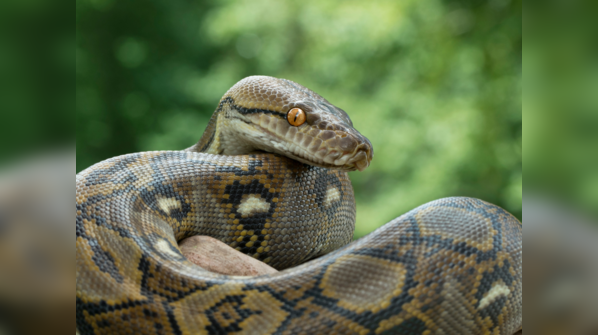
The reticulated python, native to Southeast Asia, is the longest snake species in the world. Typically exceeding 20 feet (6.09 meters), some individuals have reached nearly 33 feet (10 meters). Its slender physique and intricate scale patterns contribute to its striking and formidable appearance.
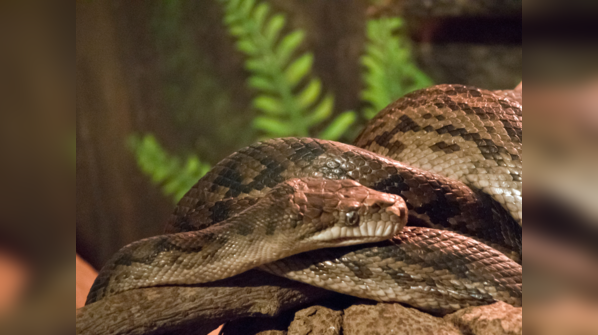
The amethystine python, found in Indonesia, Papua New Guinea, and northern Australia, can attain impressive lengths of 18 to 28 feet (up to 8.5 meters), though most are smaller. Named for the shimmering, amethyst-like sheen of its scales, this notable snake is non-venomous.
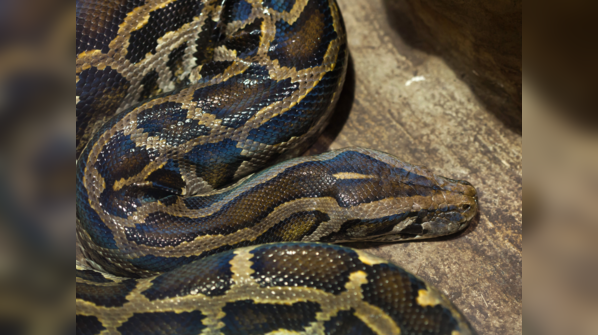
This giant snake, native to Southeast Asia, typically measures around 16–20 feet (5–5.8 meters) in length. It inhabits forests and marshes and is known for its size and docile nature, although it has become an invasive species in certain regions of the U.S.
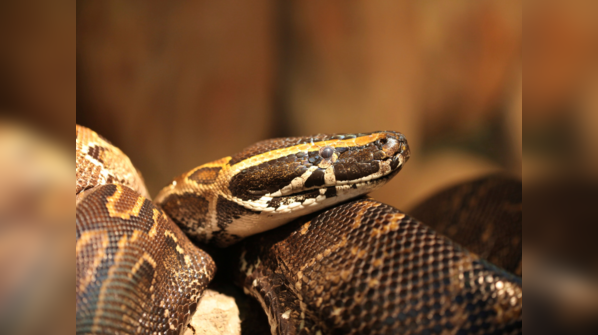
The African rock python, the largest snake on the African continent, can reach lengths of 10 to 16 feet (up to 6 meters). Native to sub-Saharan Africa, it is one of the world's most powerful constrictors. Renowned for its strength and aggressive nature, this reptile can easily overpower large prey, including antelopes.
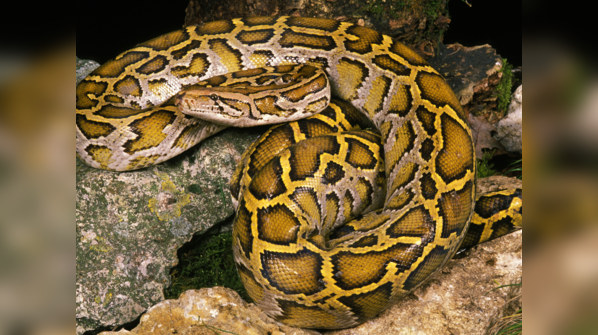
Also known as the Indian rock python, this snake grows to lengths of 20 feet (6 meters), although most are around 13–16 feet. It inhabits forests and swamps throughout the Indian subcontinent and is non-venomous but exceptionally strong.
Newer articles
Older articles
 Smith Eyes Grenada Test Return After Injury Recovery
Smith Eyes Grenada Test Return After Injury Recovery
 Google Maps Boosts Navigation Precision with Fused Orientation Provider Update
Google Maps Boosts Navigation Precision with Fused Orientation Provider Update
 Earth Sciences Minister Rijiju Expresses Frustration Over Atos Supercomputer Delay, Jeopardizing Weather Forecast Upgrades
Earth Sciences Minister Rijiju Expresses Frustration Over Atos Supercomputer Delay, Jeopardizing Weather Forecast Upgrades
 Washington Freedom Snatch Last-Ball Win Over Knight Riders in MLC Thriller; Playoff Hopes Soar
Washington Freedom Snatch Last-Ball Win Over Knight Riders in MLC Thriller; Playoff Hopes Soar
 East Africa Rift: Mantle Upwelling Drives Birth of New Ocean, Study Finds
East Africa Rift: Mantle Upwelling Drives Birth of New Ocean, Study Finds
 Prasidh Krishna Vows to Sharpen Bowling After Costly Leeds Performance
Prasidh Krishna Vows to Sharpen Bowling After Costly Leeds Performance
 Colon Cancer: Don't Ignore These 5 Subtle Warning Signs
Colon Cancer: Don't Ignore These 5 Subtle Warning Signs
 Gavaskar Urges India to Replace Thakur with Yadav for Second Test Against England
Gavaskar Urges India to Replace Thakur with Yadav for Second Test Against England
 Rishabh Pant's Unconventional Batting Style Is Revolutionizing Cricket, Says Greg Chappell
Rishabh Pant's Unconventional Batting Style Is Revolutionizing Cricket, Says Greg Chappell
 Vitamin B12 Deficiency: Cardiologist Explains Symptoms, Sources, and Why You're Always Tired
Vitamin B12 Deficiency: Cardiologist Explains Symptoms, Sources, and Why You're Always Tired